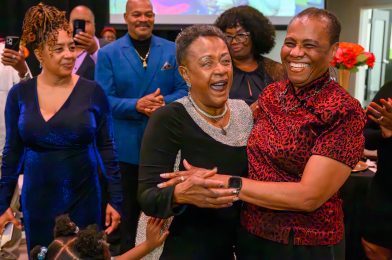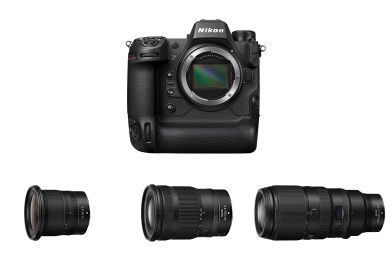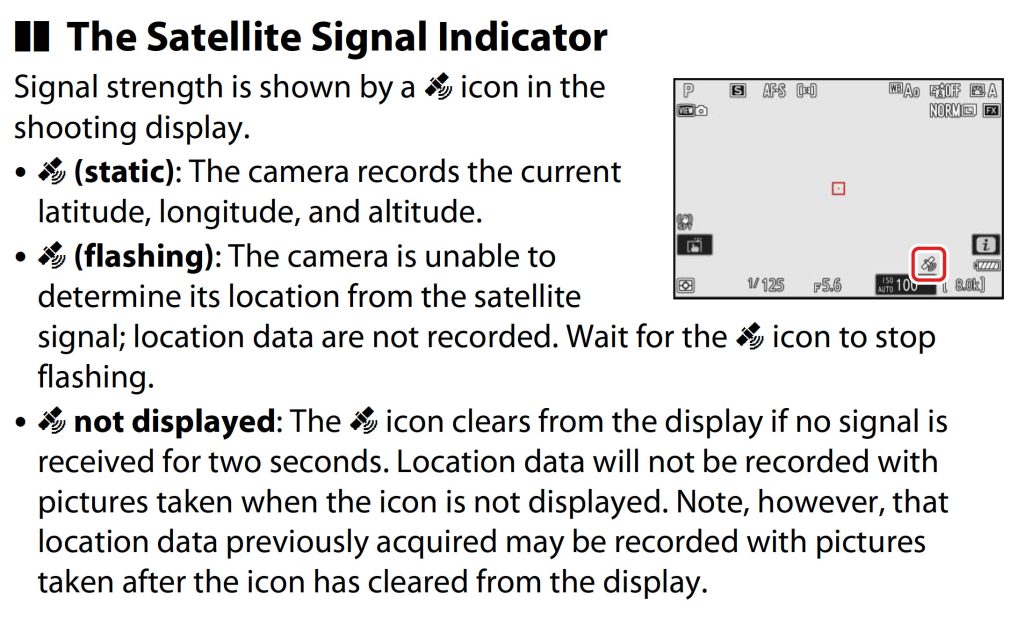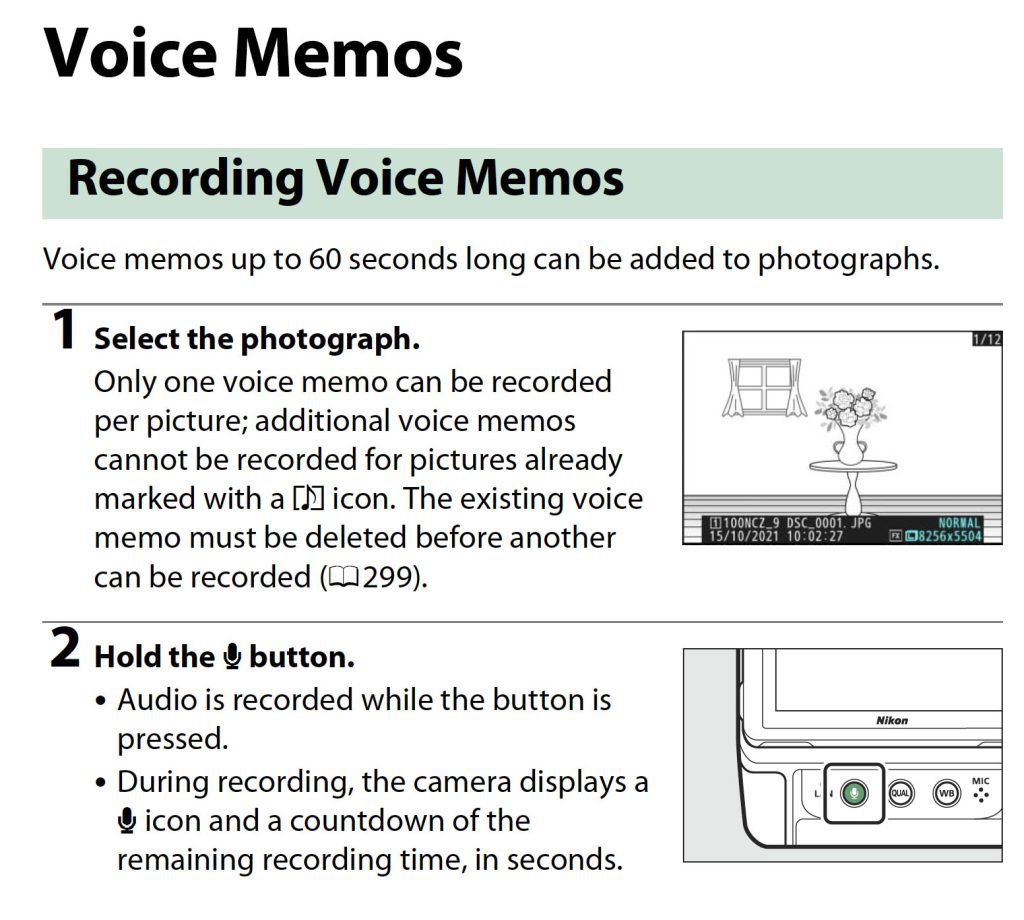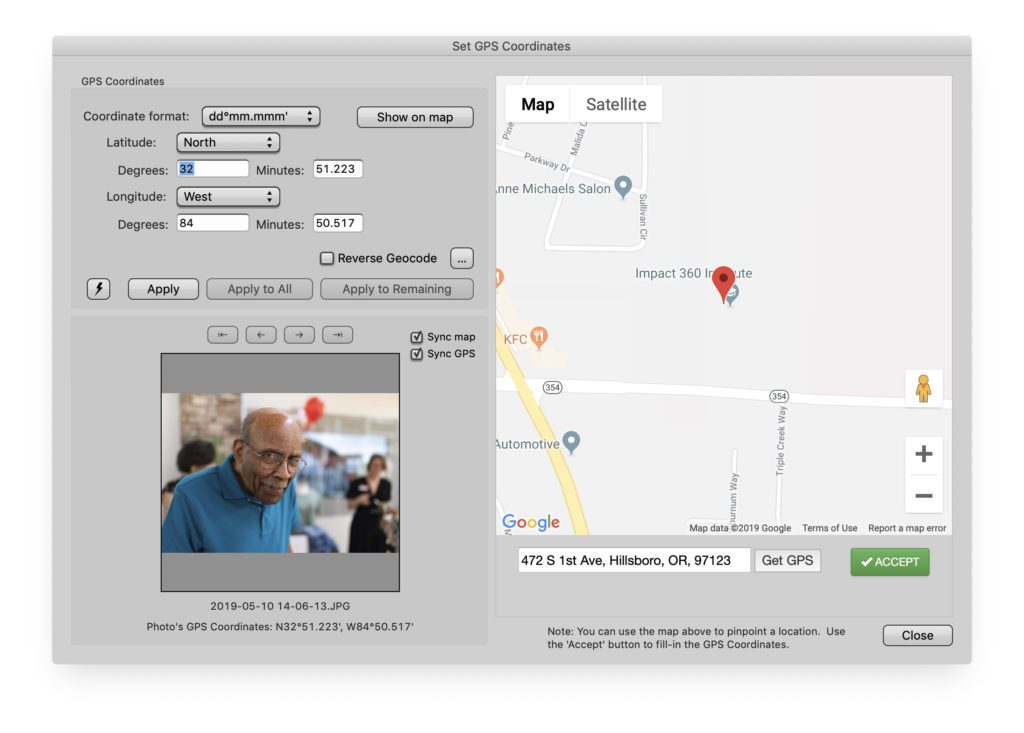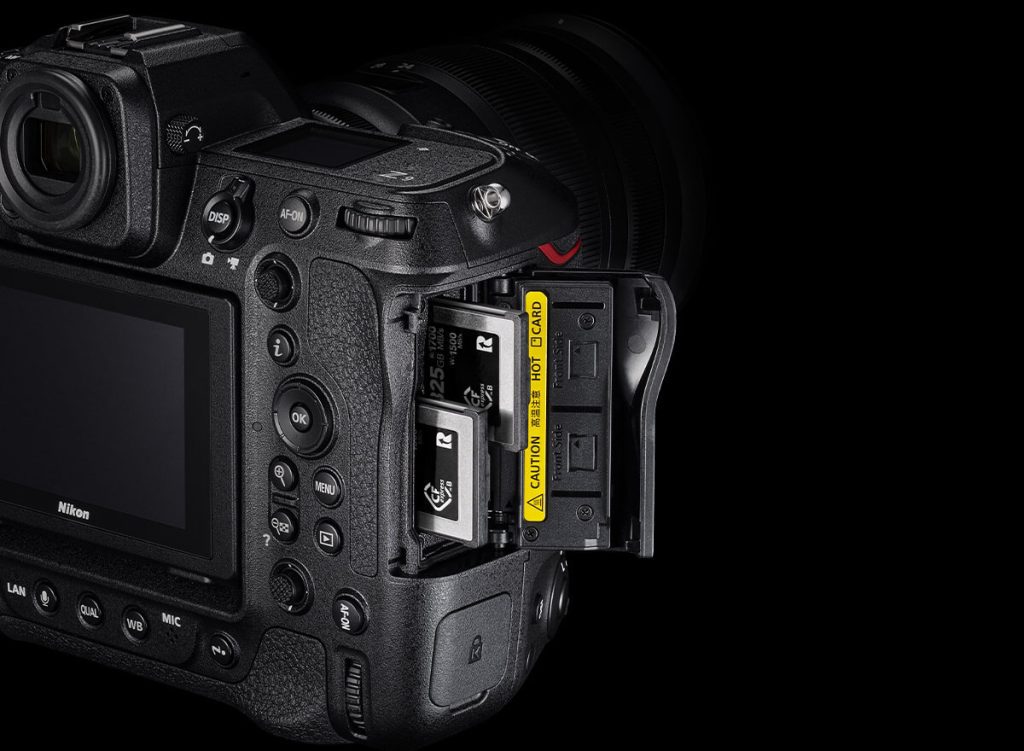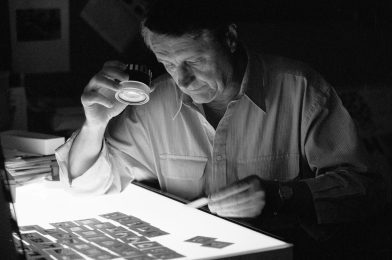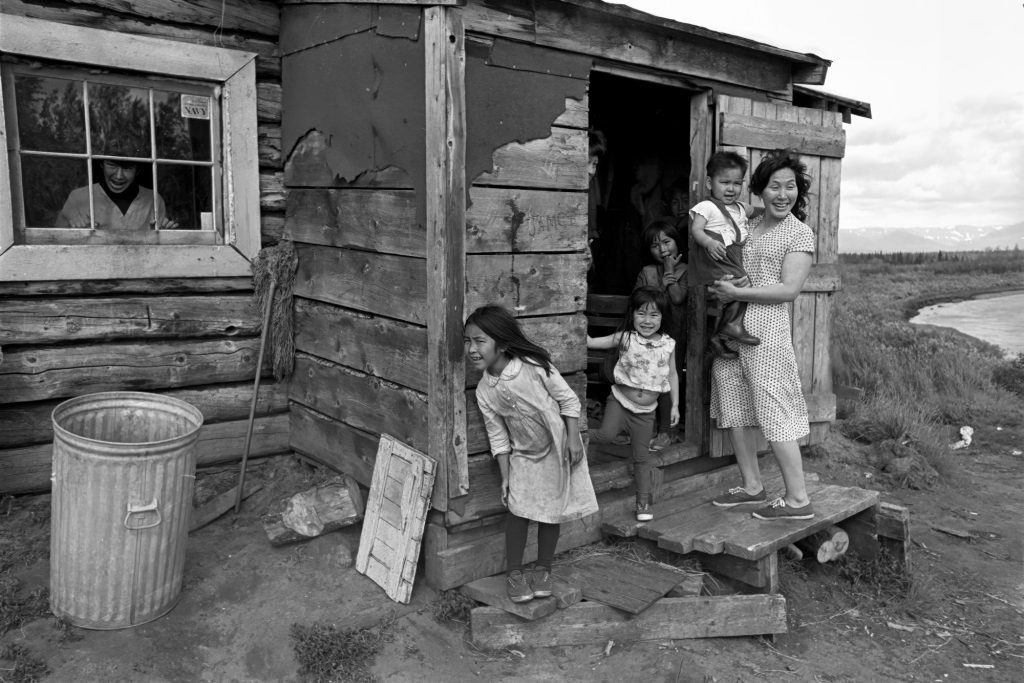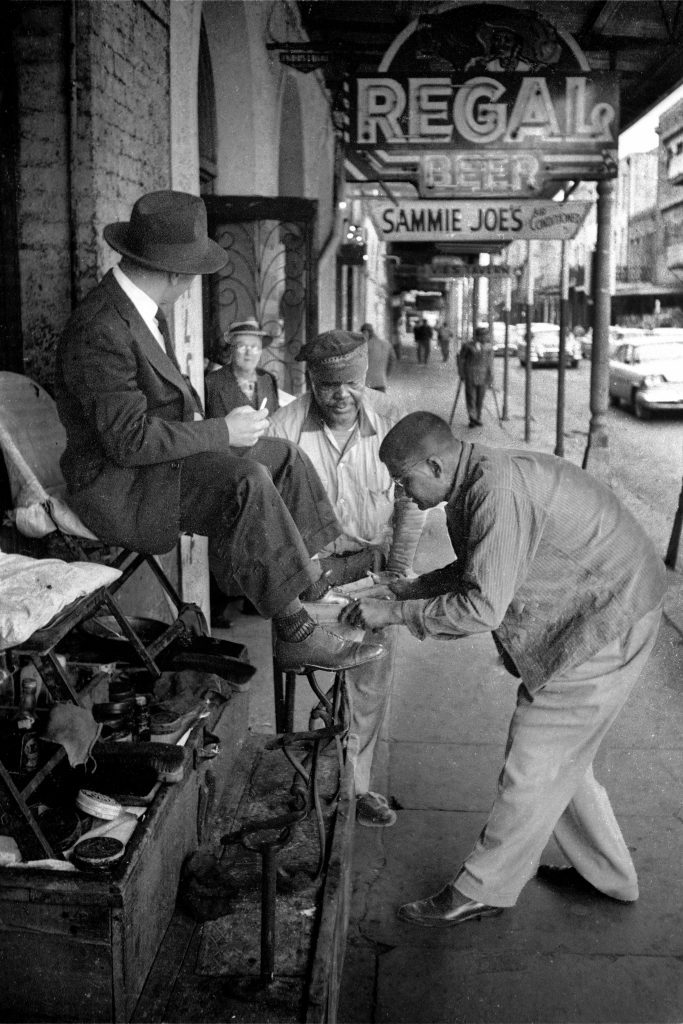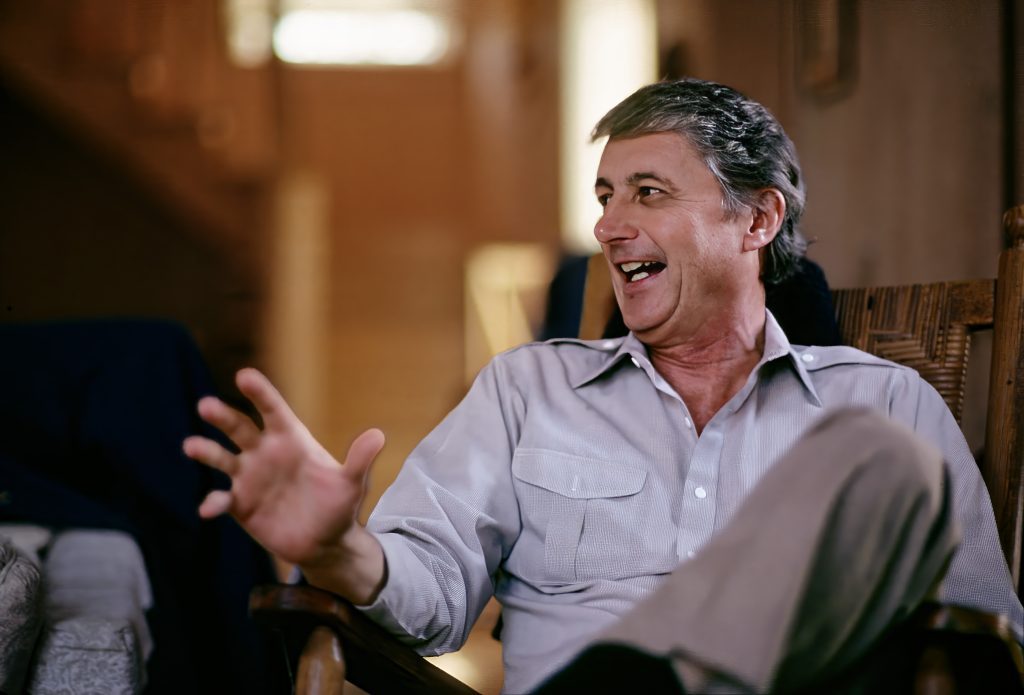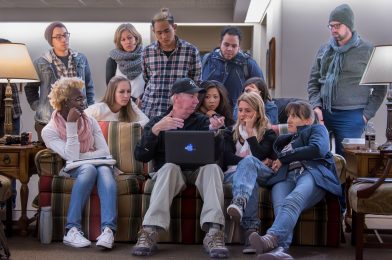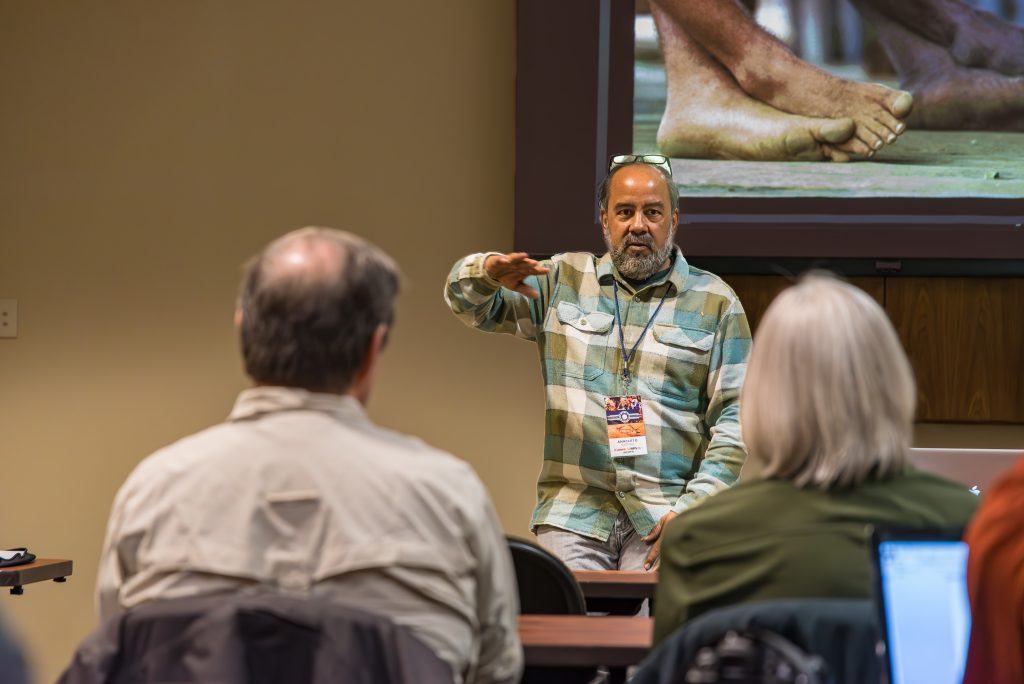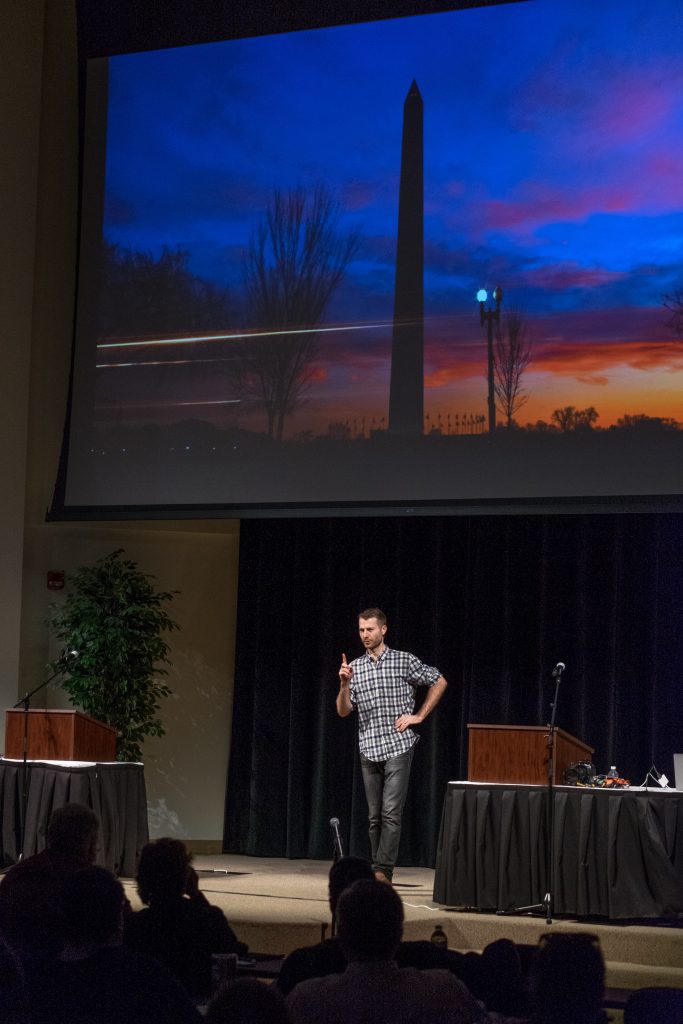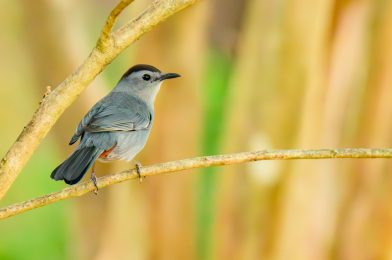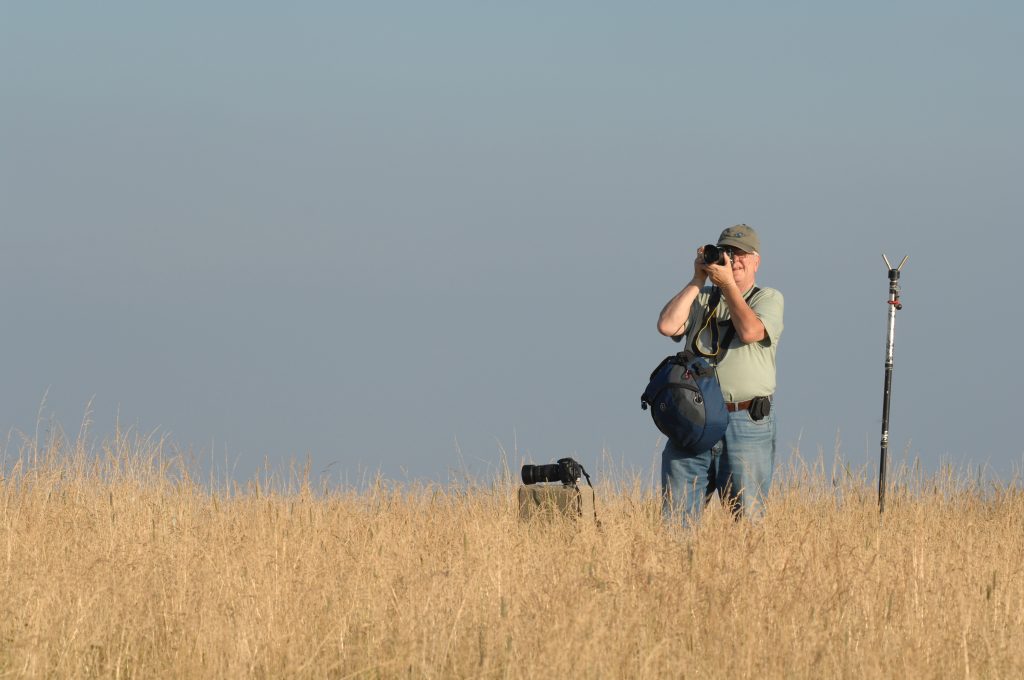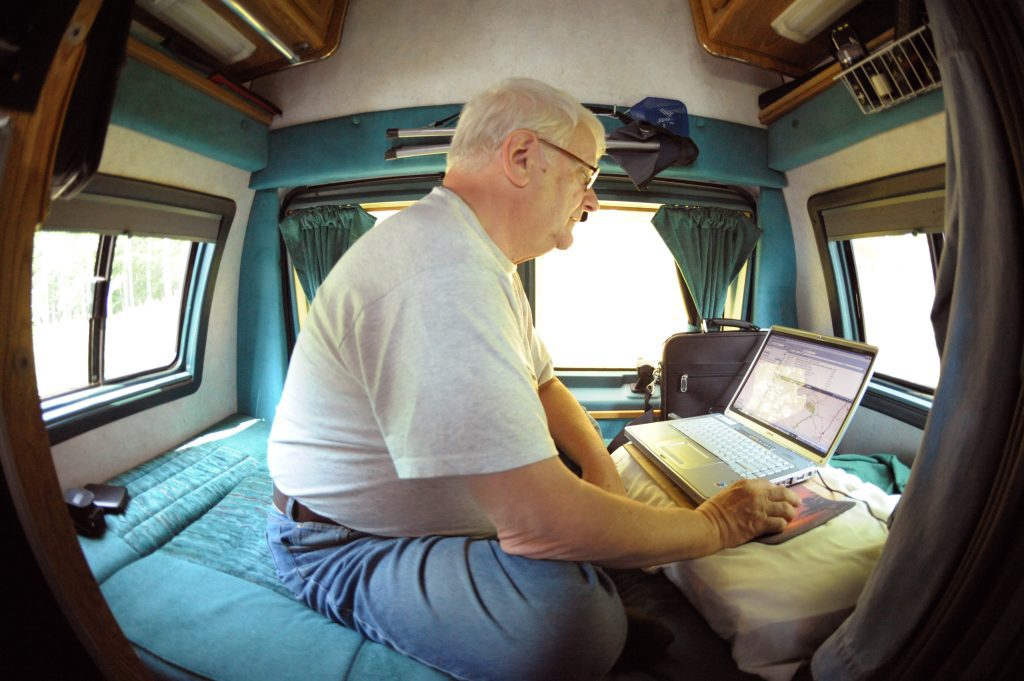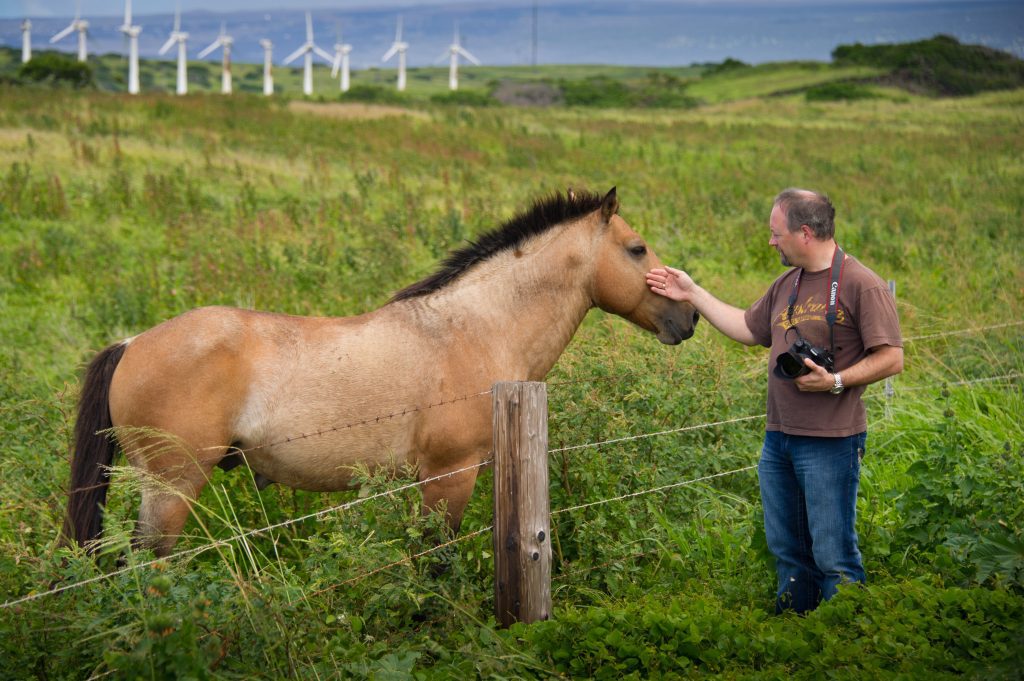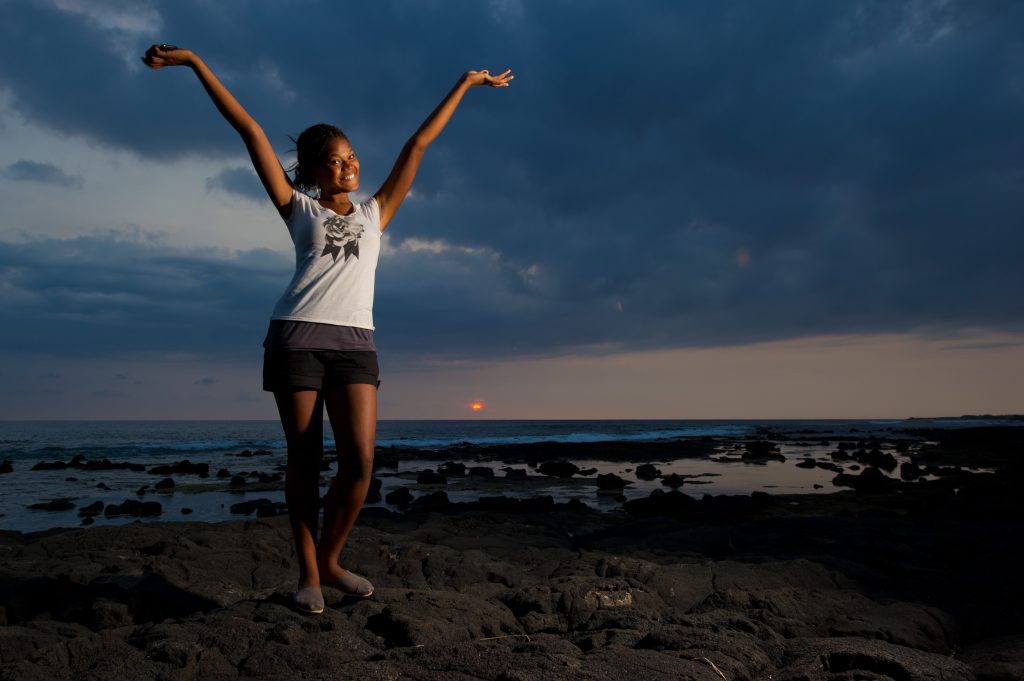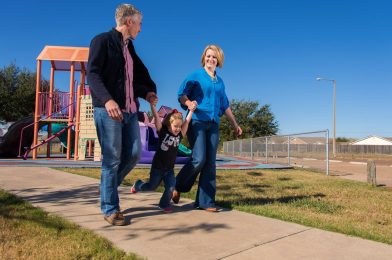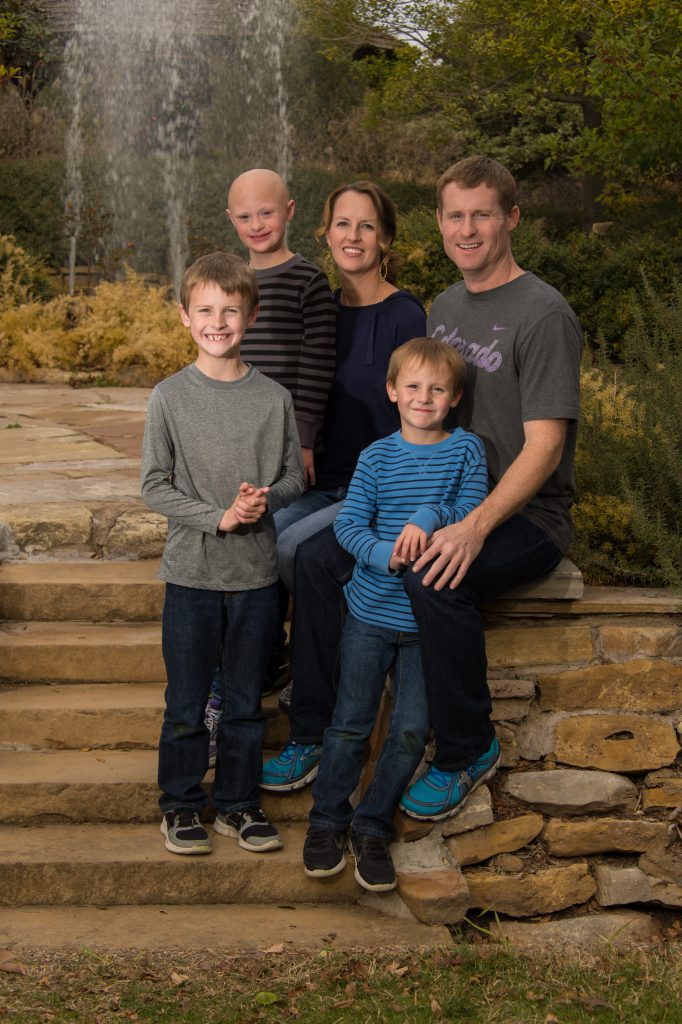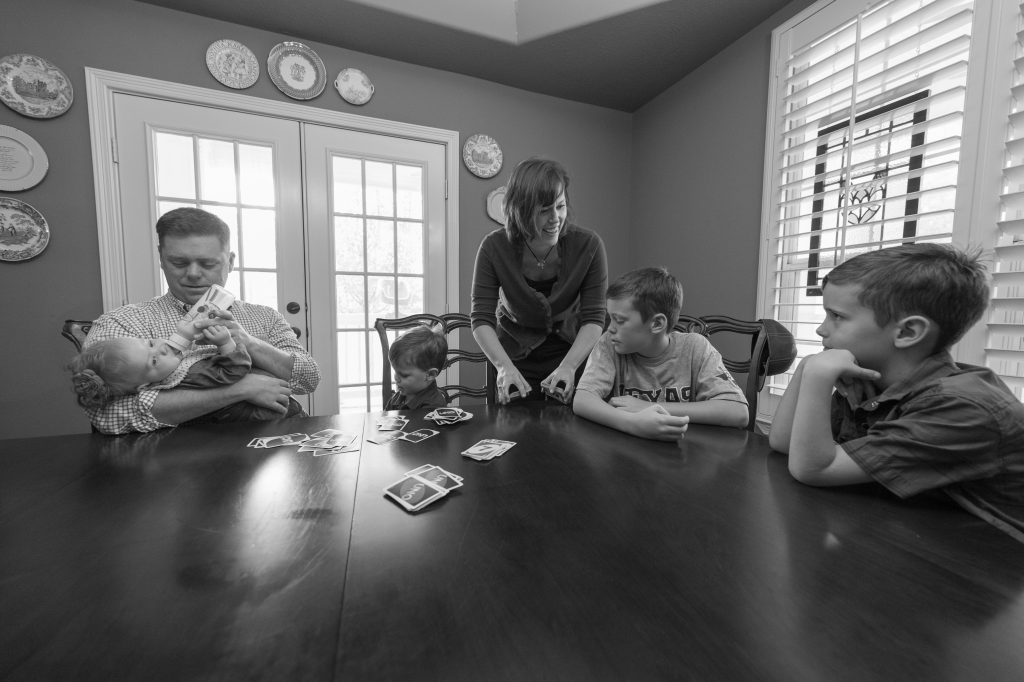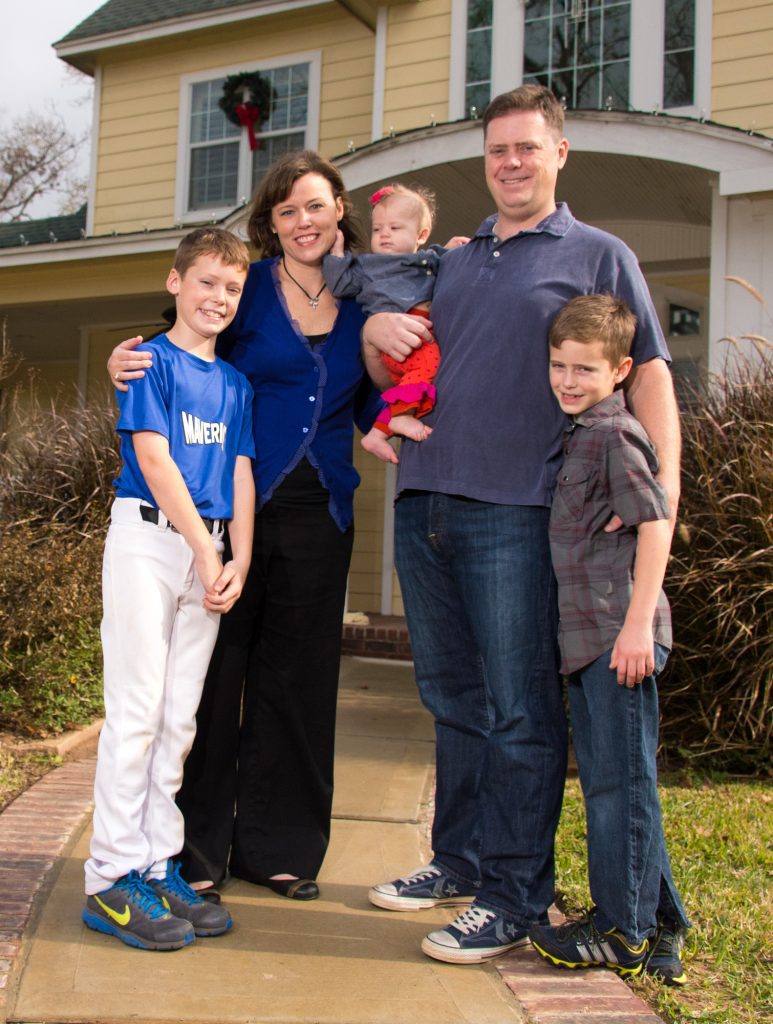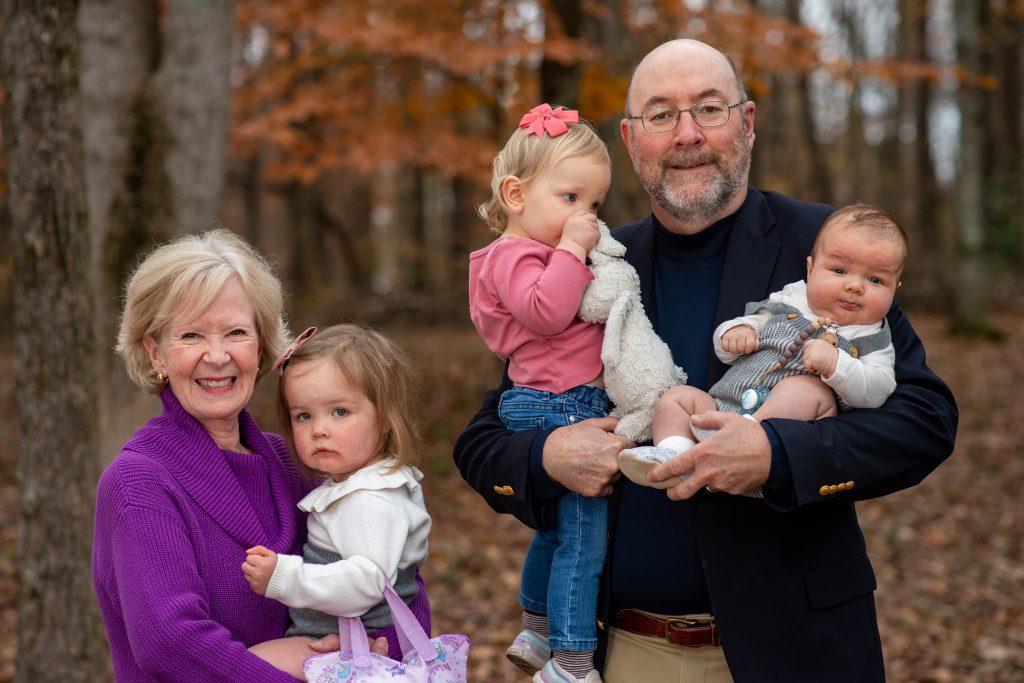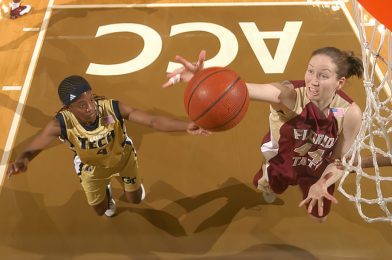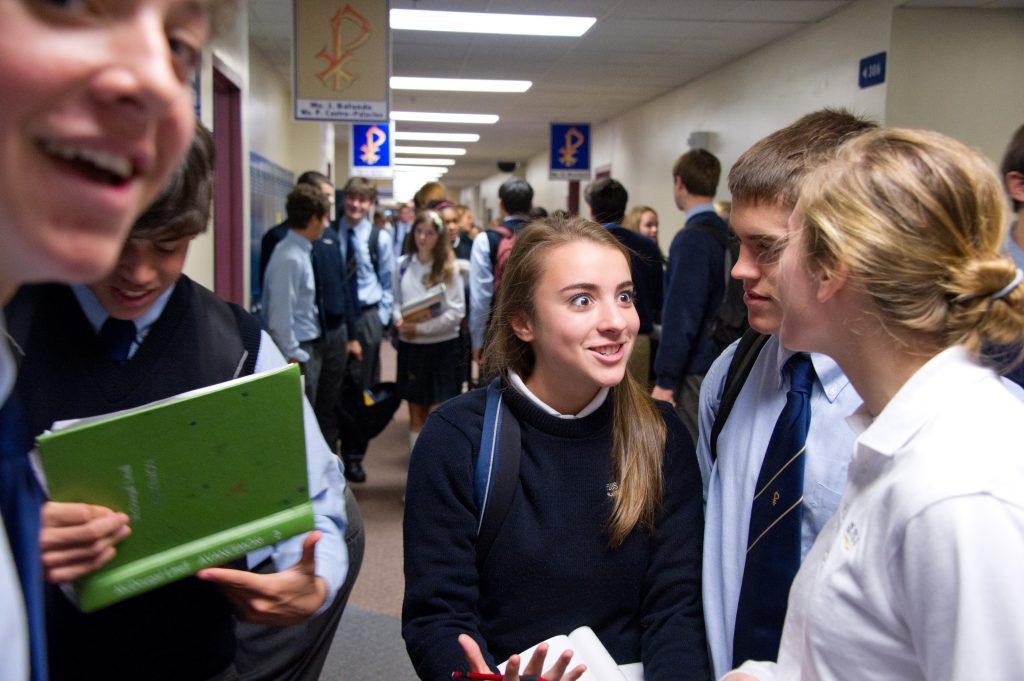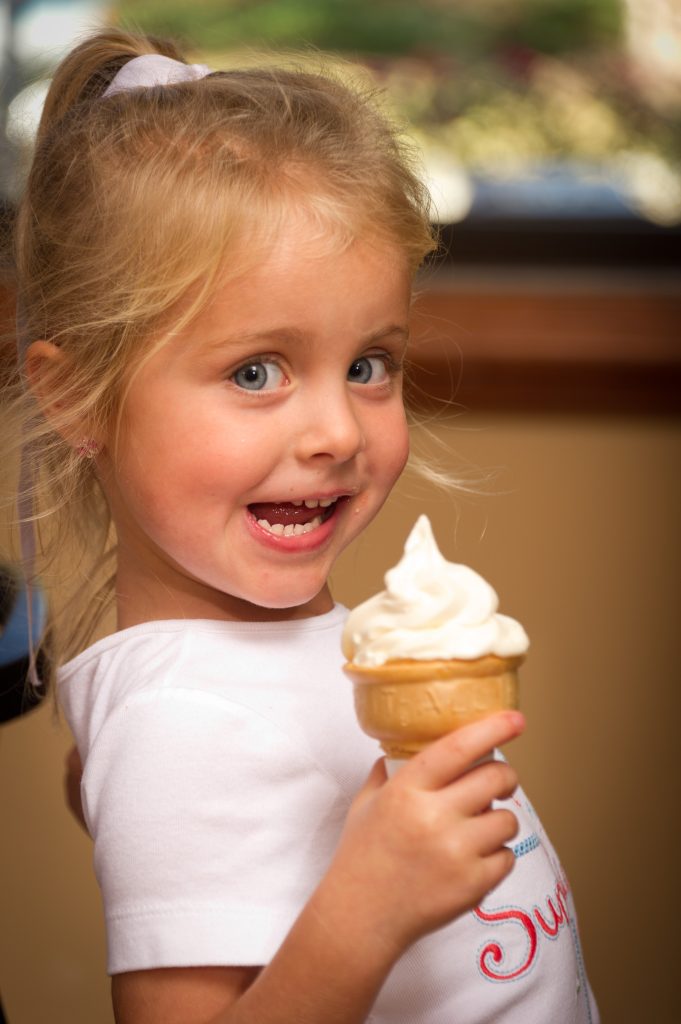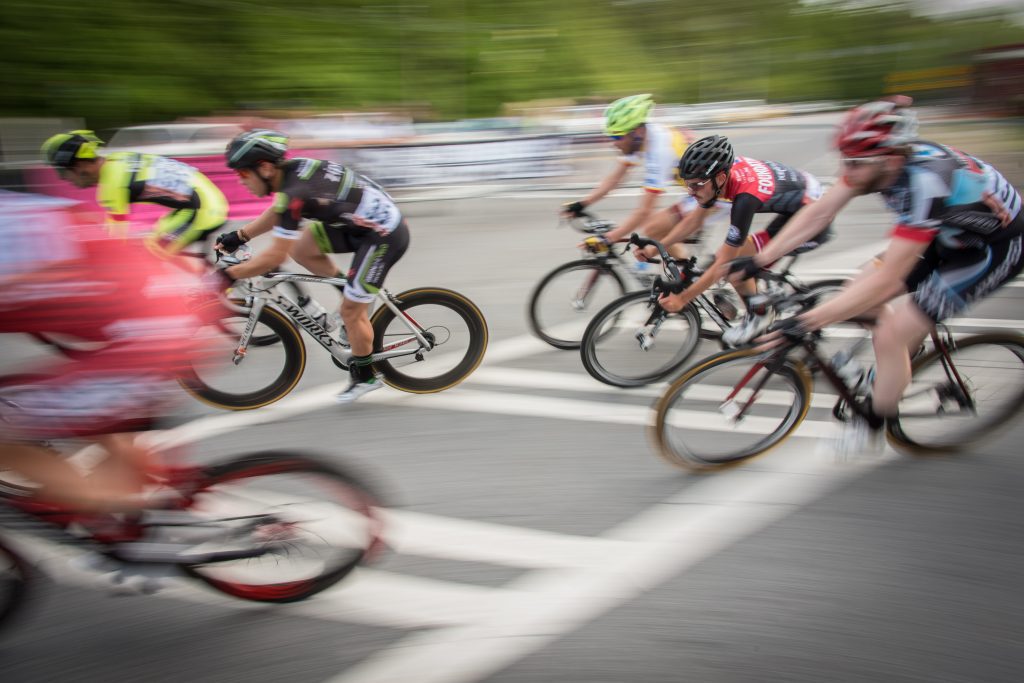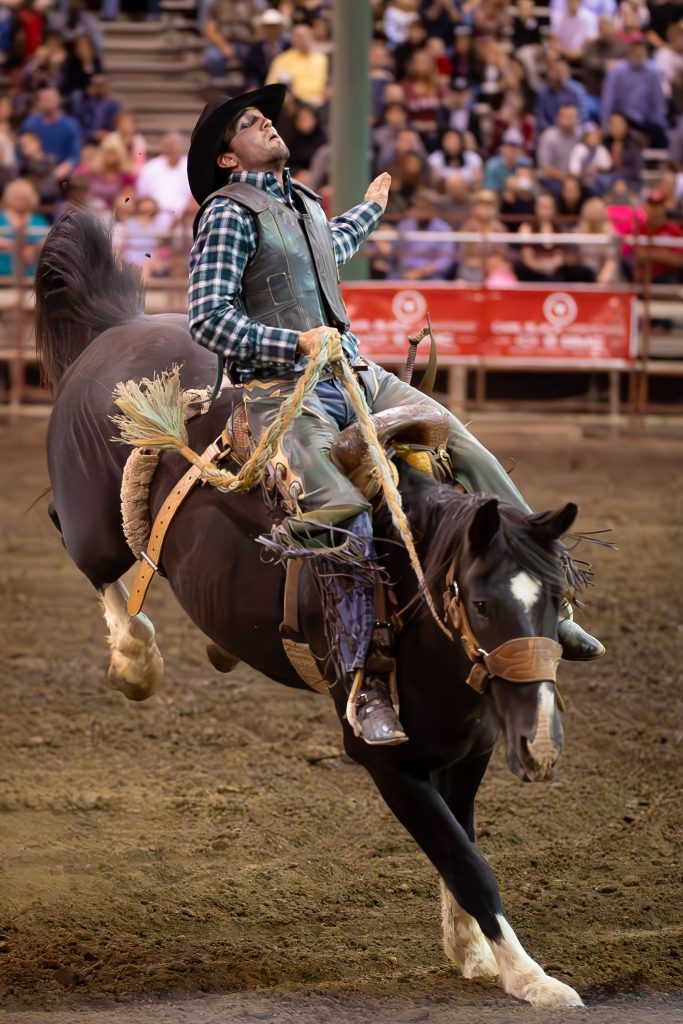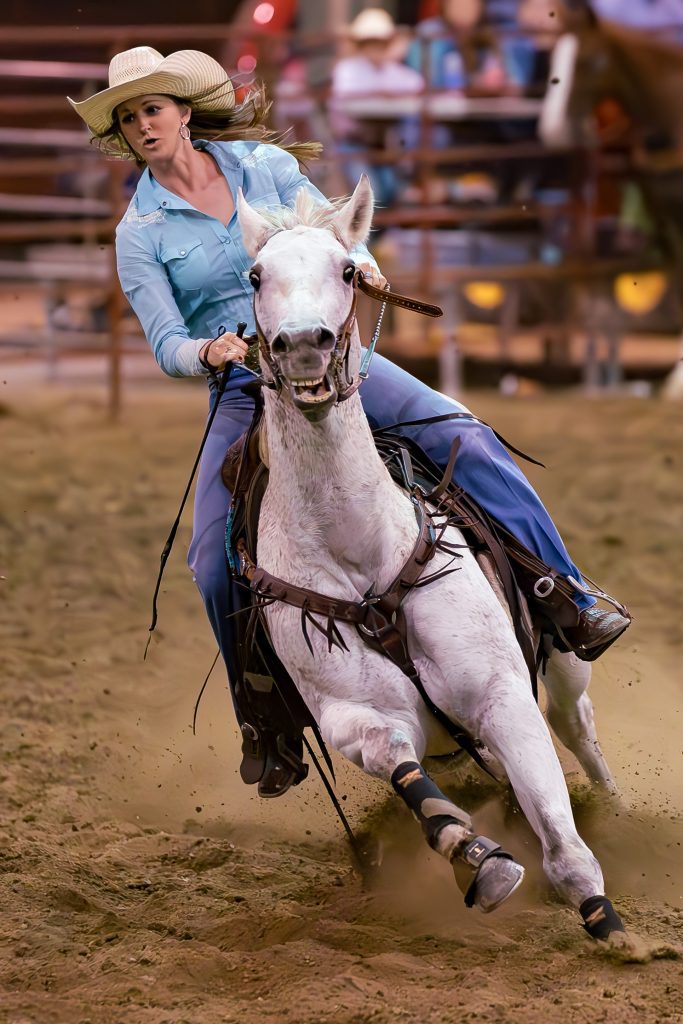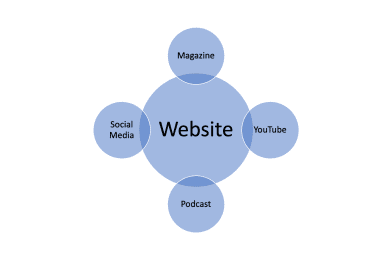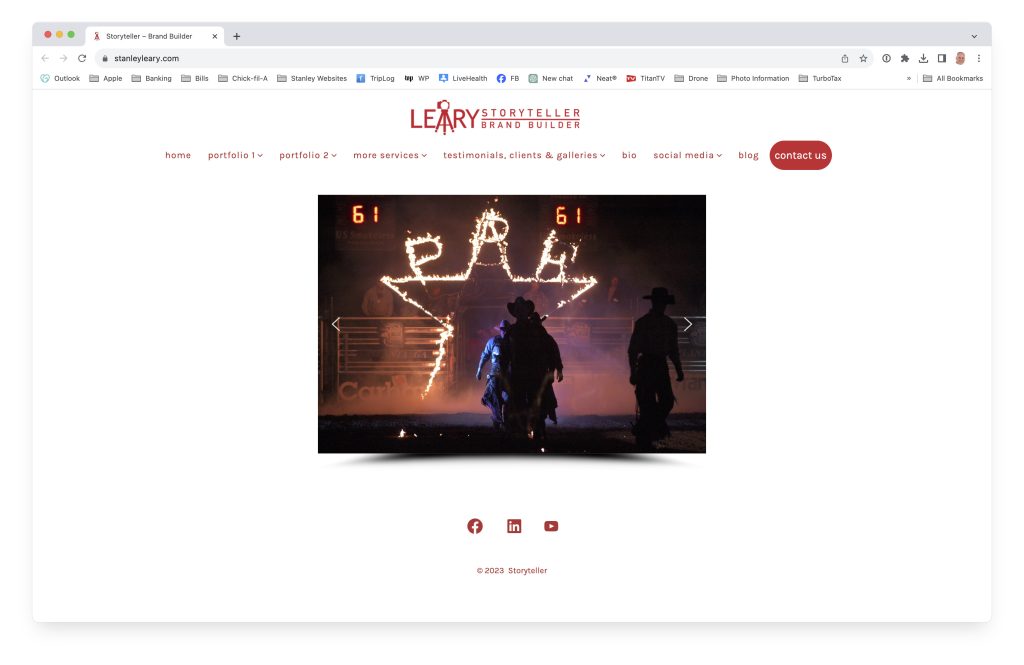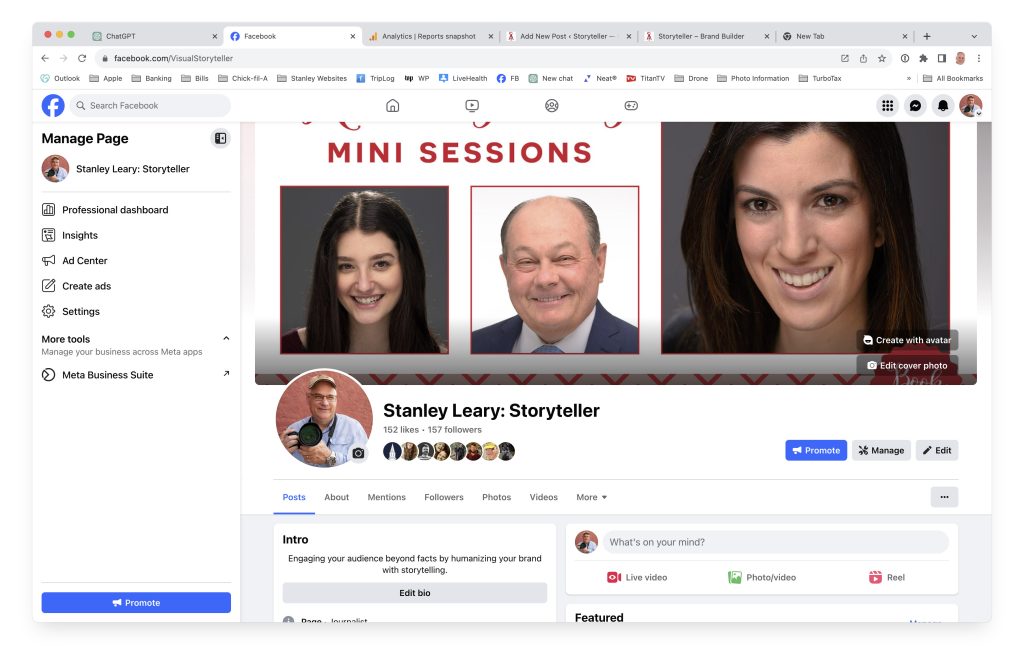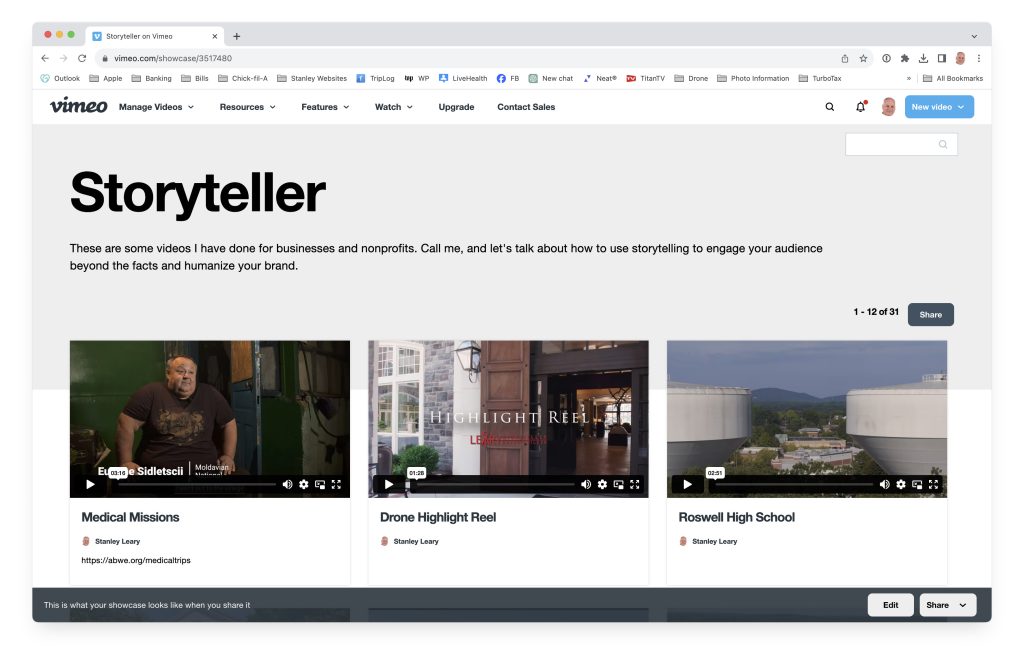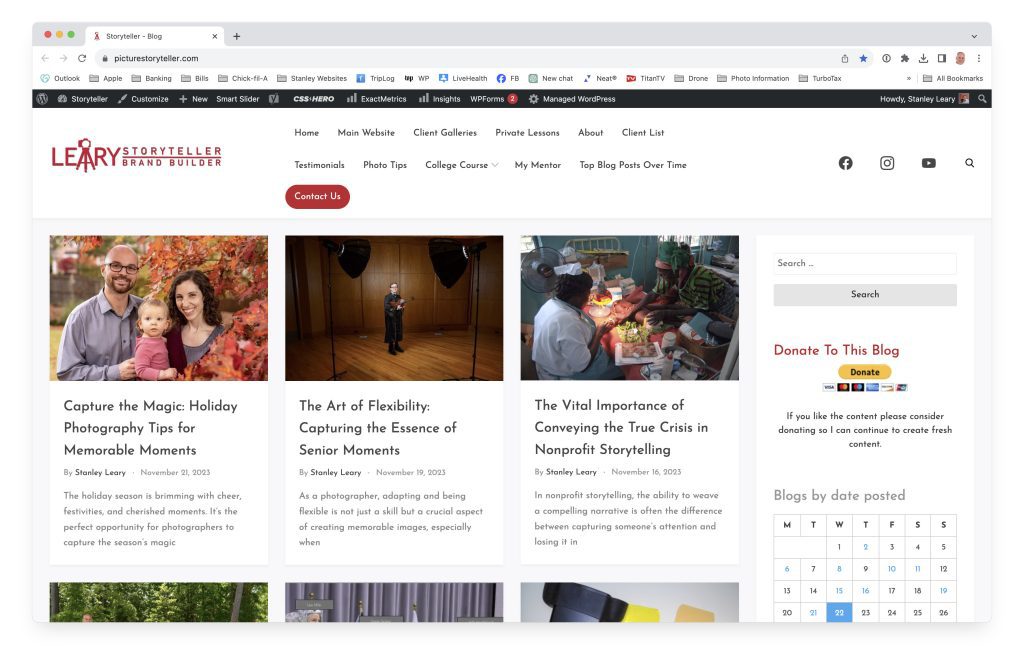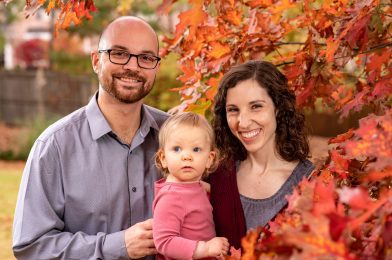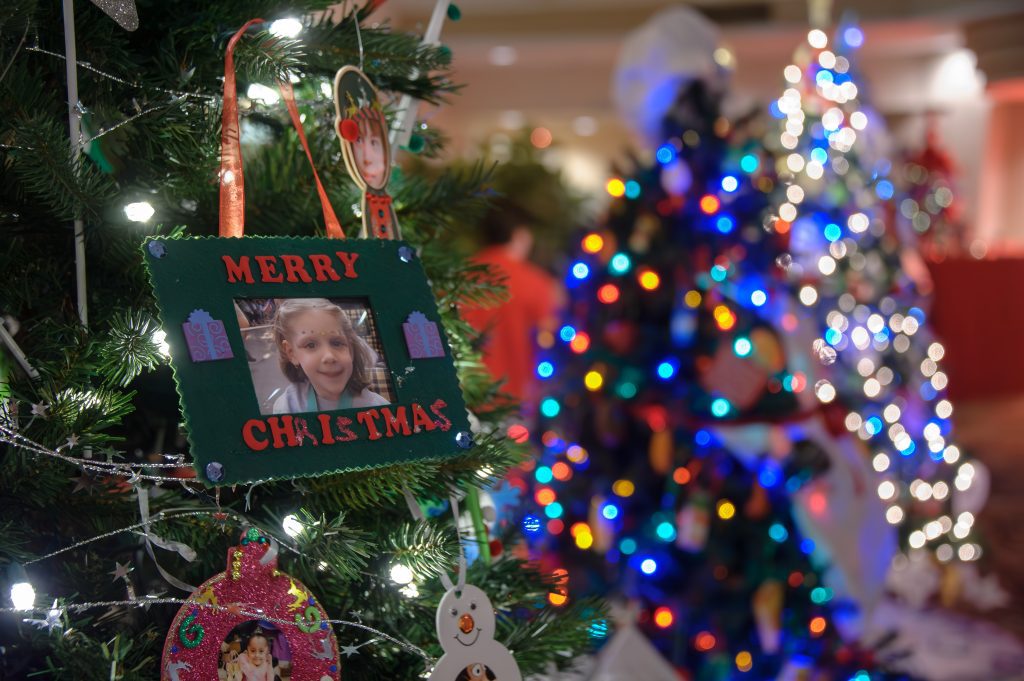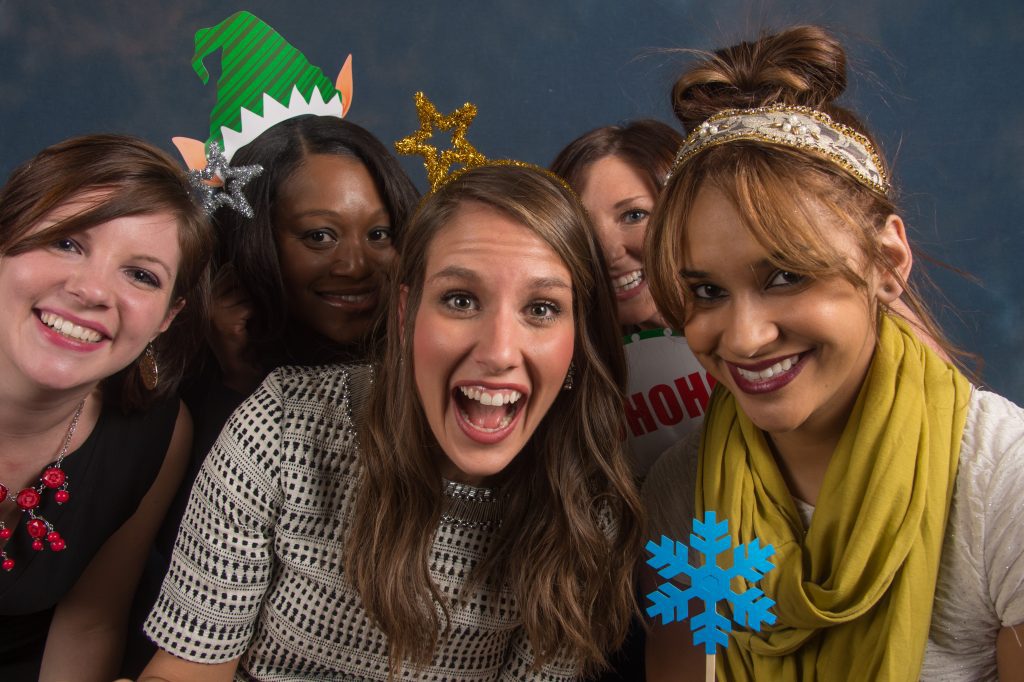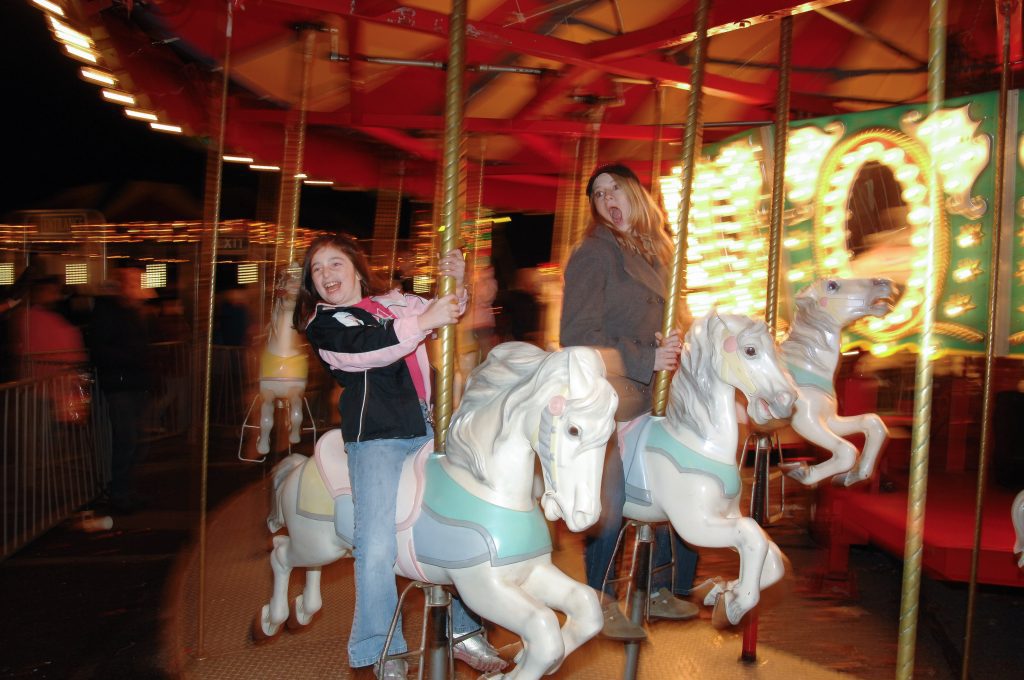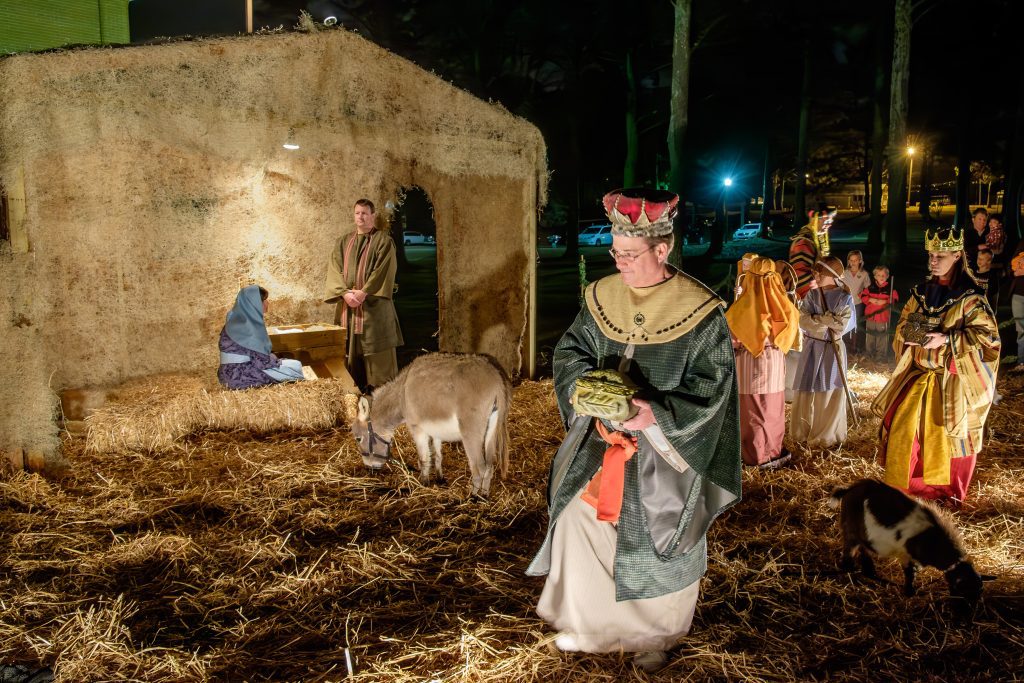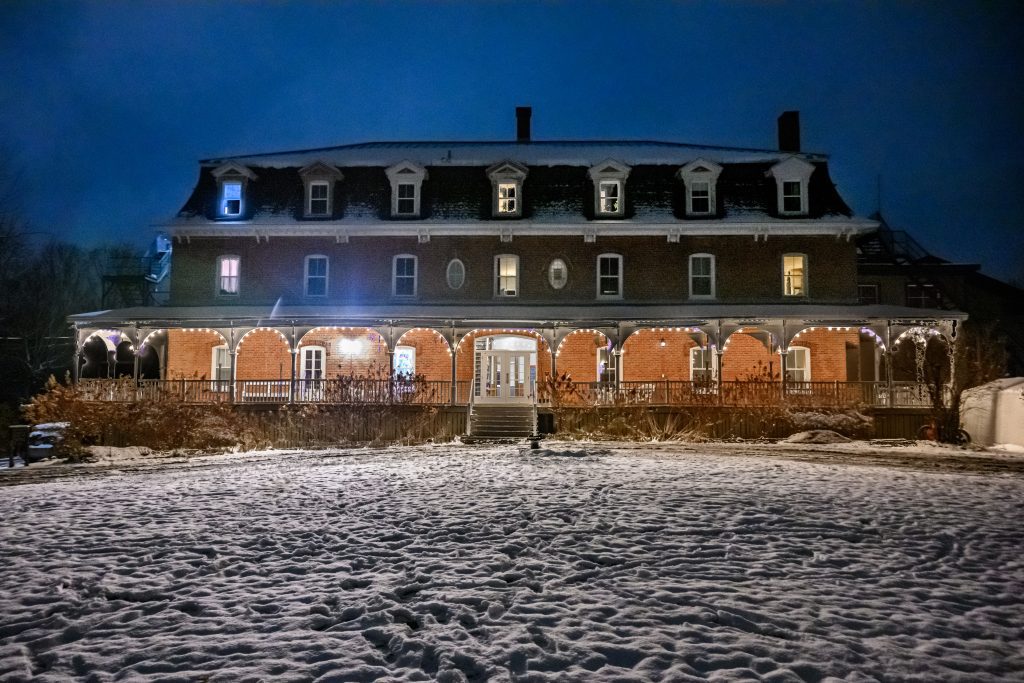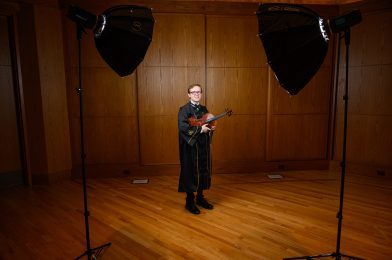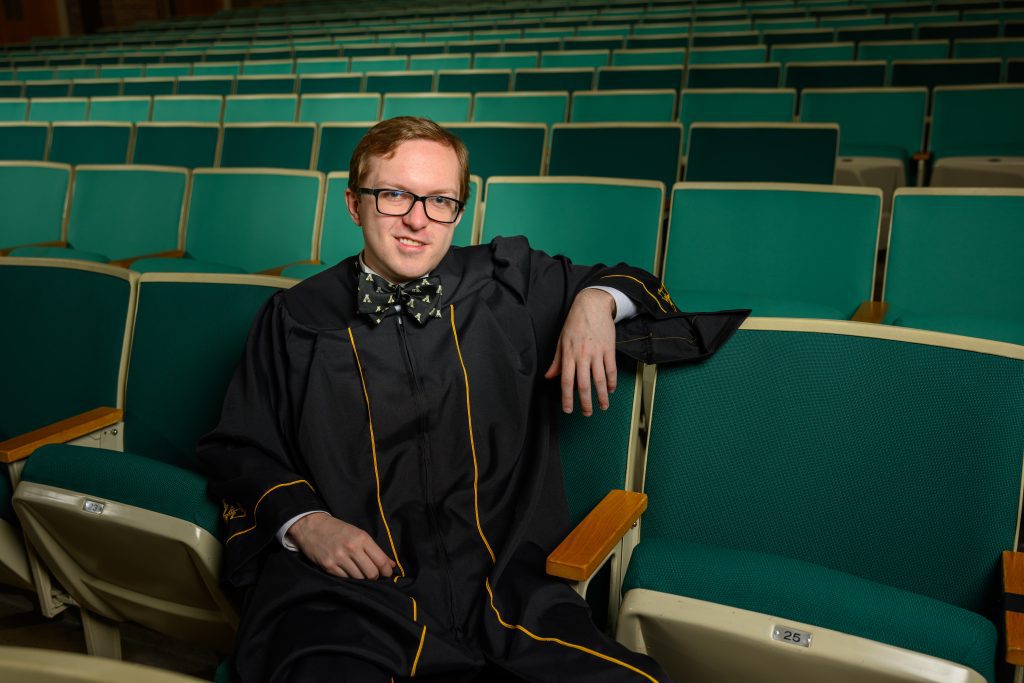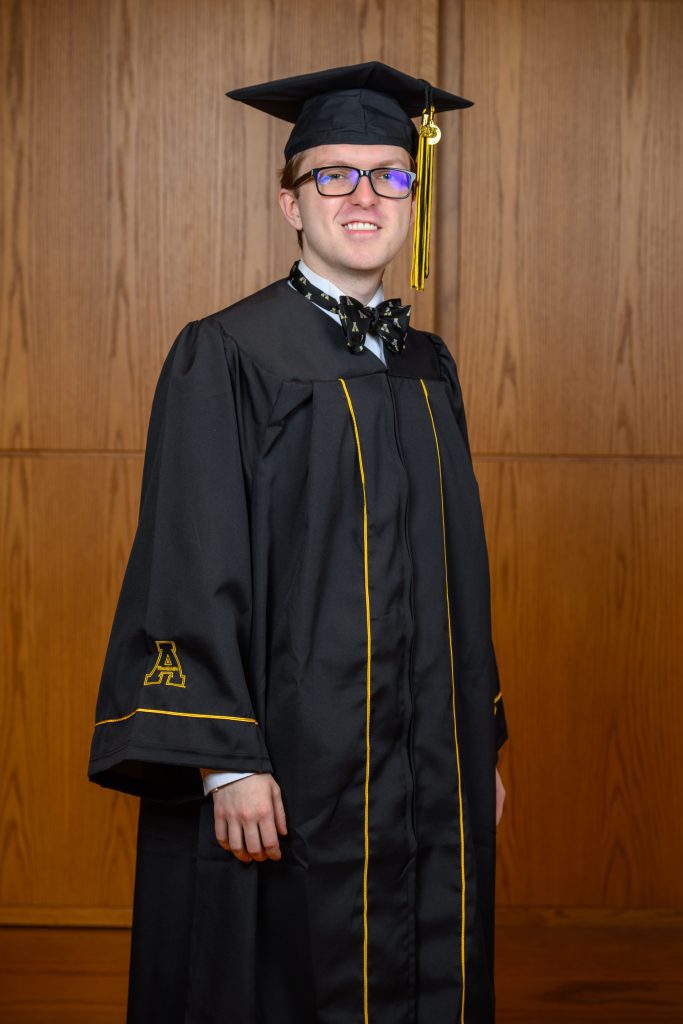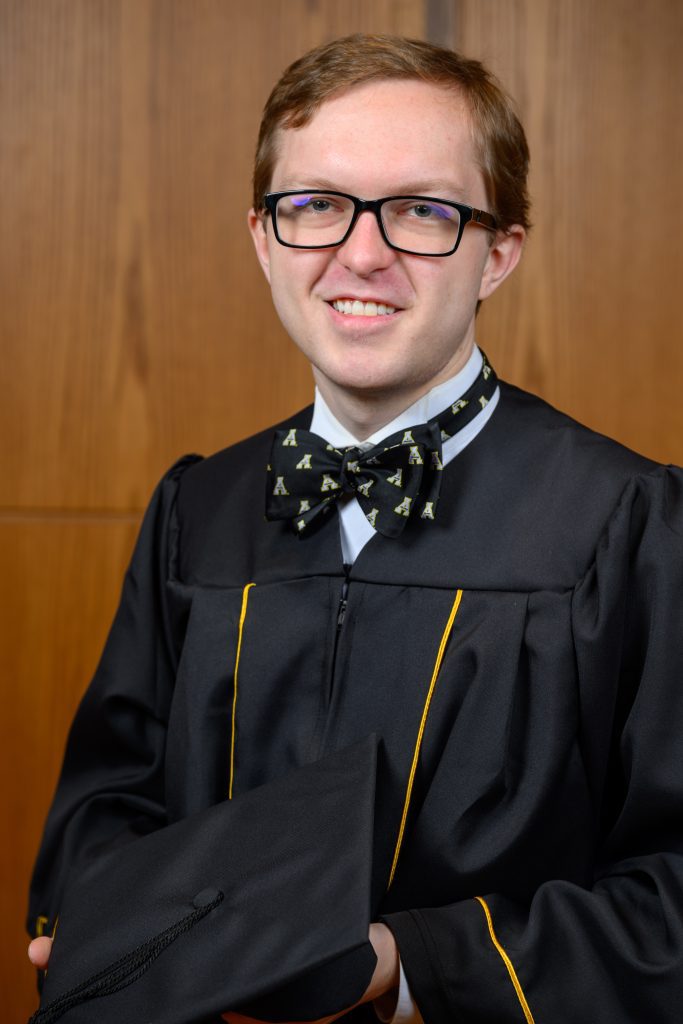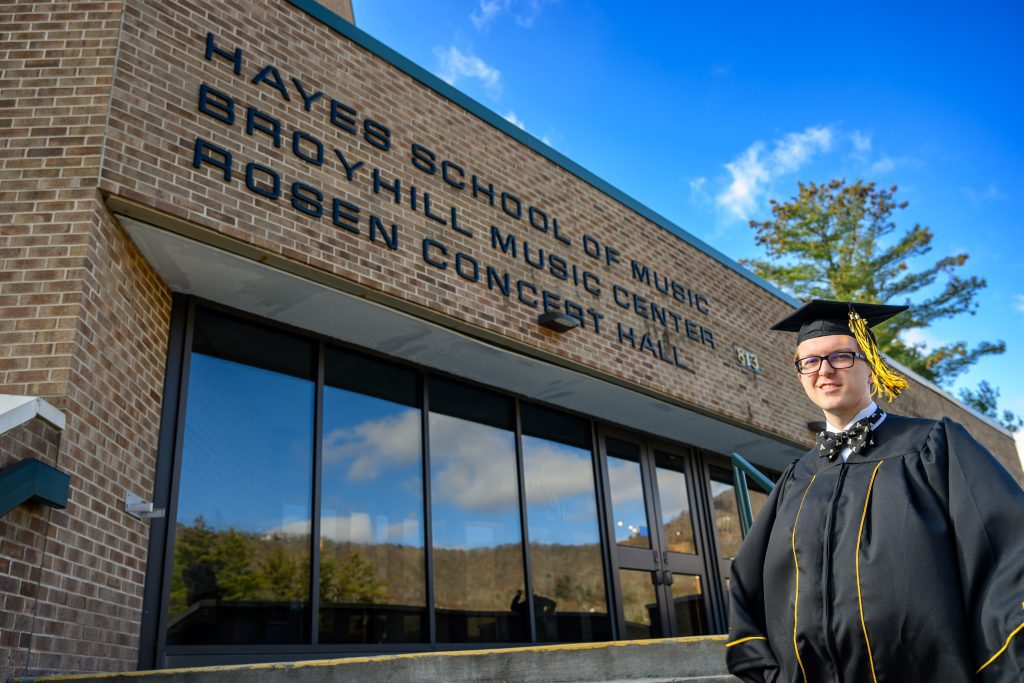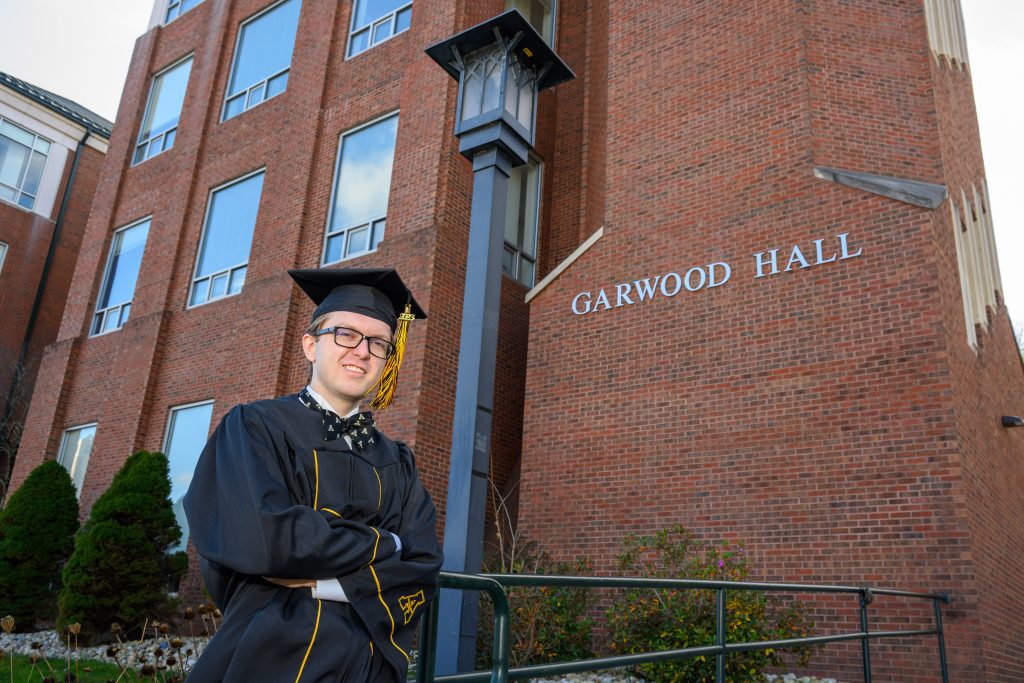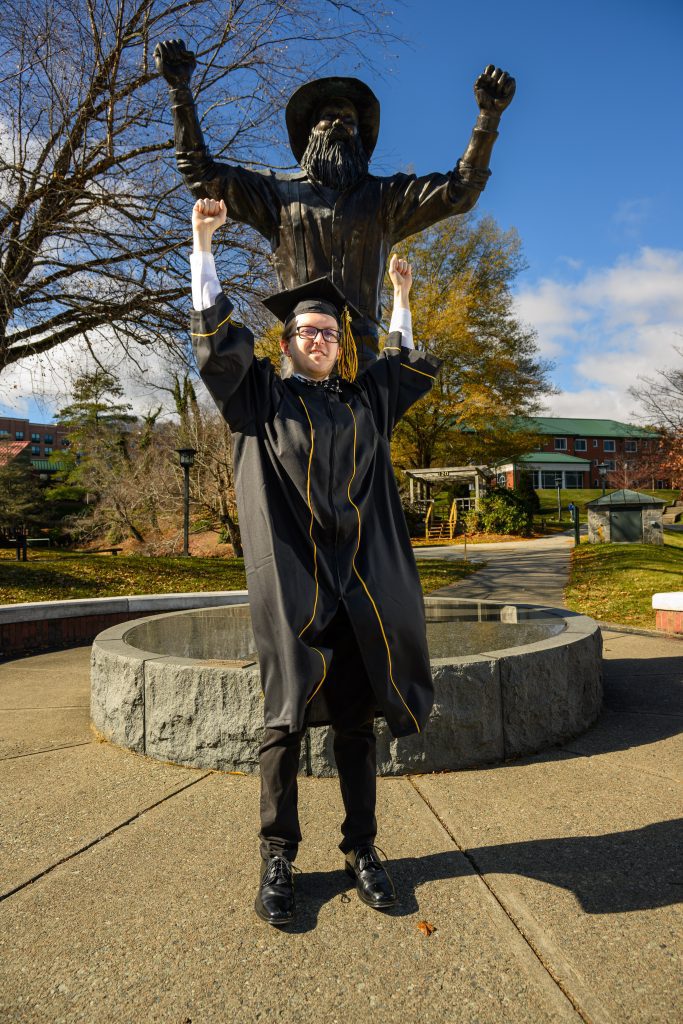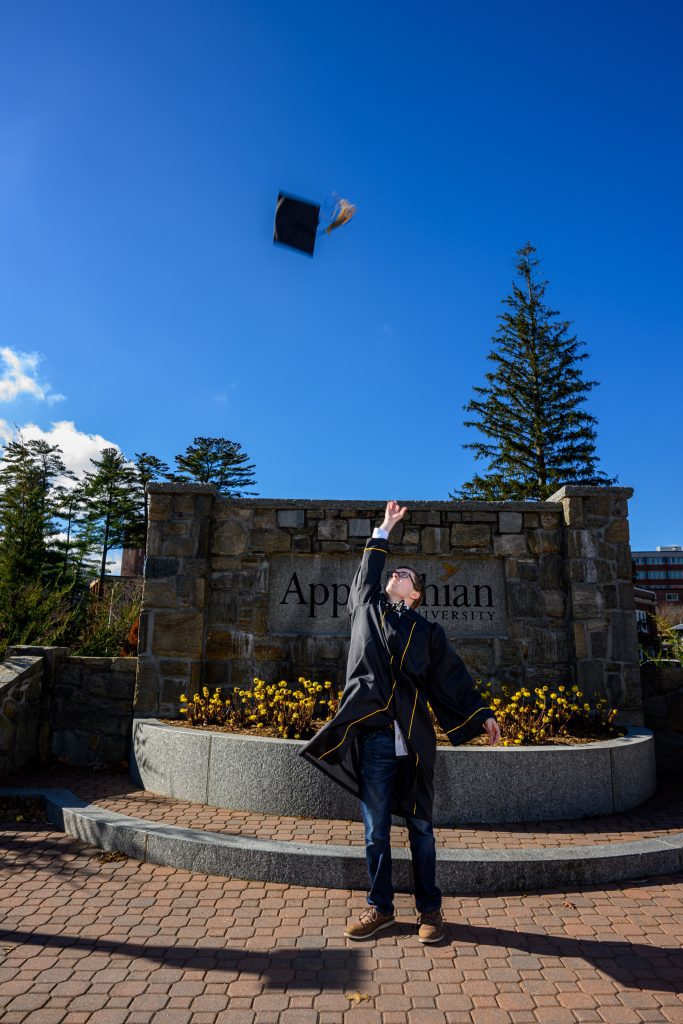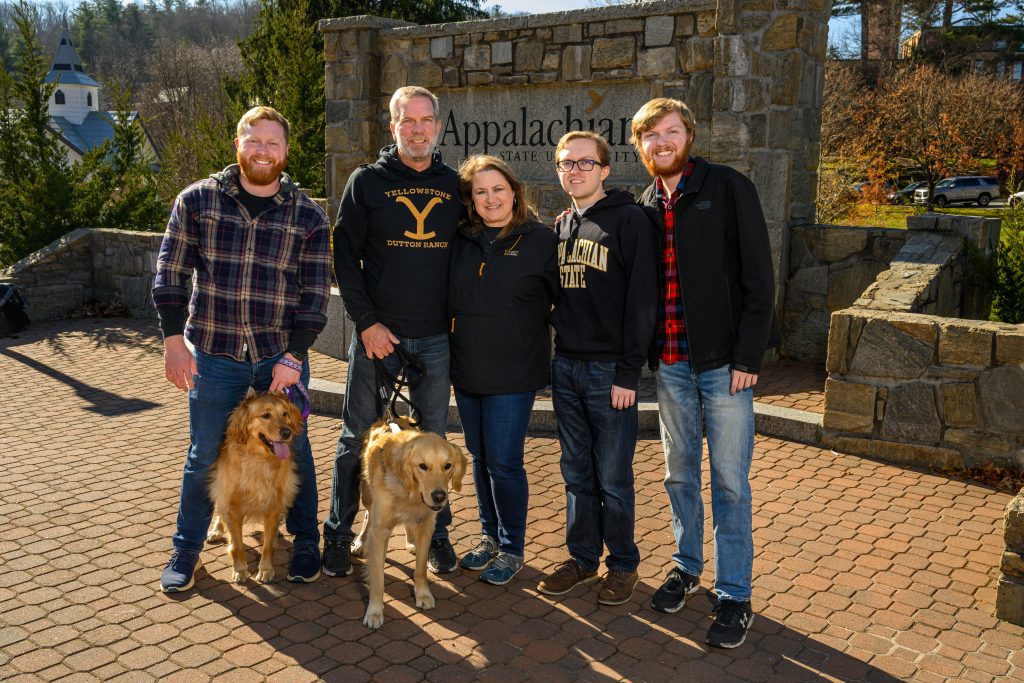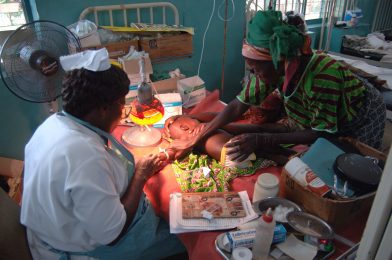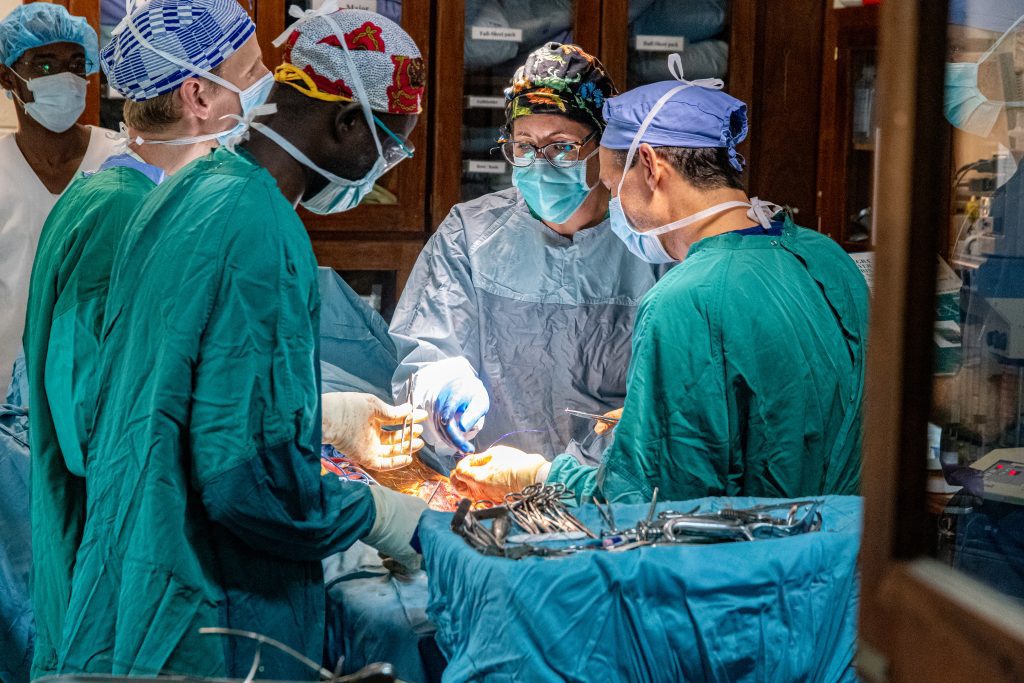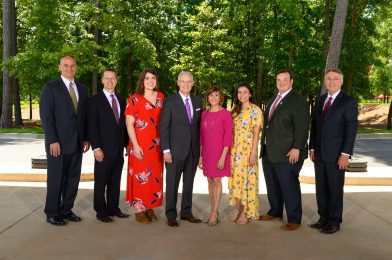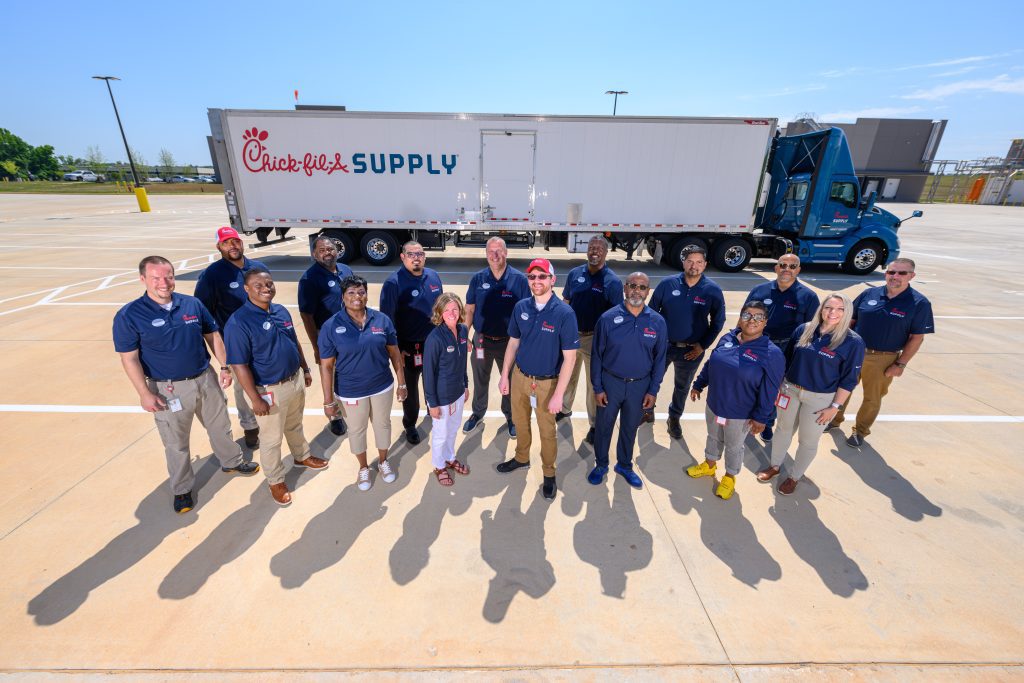Photography is more than just the technical aspects of composition, exposure, and focus. It’s about freezing moments in time, encapsulating emotions, and telling stories. As an event photographer, I recently experienced firsthand the significance of prioritizing moments over technical perfection.
Last night, I had the privilege of photographing Pearline’s 80th birthday celebration. Amidst constantly adjusting settings and framing shots, the true essence of the event lay in capturing the emotional highs, the heartfelt embraces, and the genuine smiles. It’s these moments that make photography memorable and impactful.
The Robert Capa Perspective: Normandy Beach
One of the most compelling examples of capturing the moment despite technical imperfections is in Robert Capa’s photographs from Normandy Beach during World War II. Capa’s iconic images might not have been perfectly composed or flawlessly exposed, but they vividly conveyed war’s raw emotions, chaos, and intensity. These images have stood the test of time because they captured the moment’s essence, transcending technical constraints.
Tips for Being Prepared as an Event Photographer
Here are some invaluable tips for event photographers to ensure they’re primed to seize those crucial moments:
1. Anticipate the Action:
- Familiarize yourself with the event schedule and anticipate critical moments.
- Position yourself strategically to capture expressions and interactions.
2. Master Your Gear:
- Practice with your equipment to operate it instinctively.
- Carry backup batteries, memory cards, and lenses to avoid missing shots due to technical issues.
3. Stay Attentive:
- Be constantly aware of your surroundings and potential photo opportunities.
- Keep your camera ready, even during downtime.
4. Connect with Your Subjects:
- Build rapport with the people you’re photographing to capture genuine emotions.
- Blend into the event to make subjects comfortable around your lens.
5. Prioritize Moments over Perfection:
- Remember that emotions and authenticity trump technical perfection.
- Don’t hesitate to click even if everything isn’t technically flawless.
Conclusion
As photographers, we are storytellers. While technical expertise is crucial, it’s imperative to recognize that the heart of photography lies in encapsulating fleeting moments, preserving emotions, and immortalizing memories. Embrace imperfections if they mean capturing the essence of a moment. As seen in the timeless works of Robert Capa, a moment captured authentically will transcend the confines of technical perfection and endure through time.
So, the next time you’re behind the lens, focus not just on the technicalities but on the stories waiting to be told. After all, it’s the moments that matter the most.

